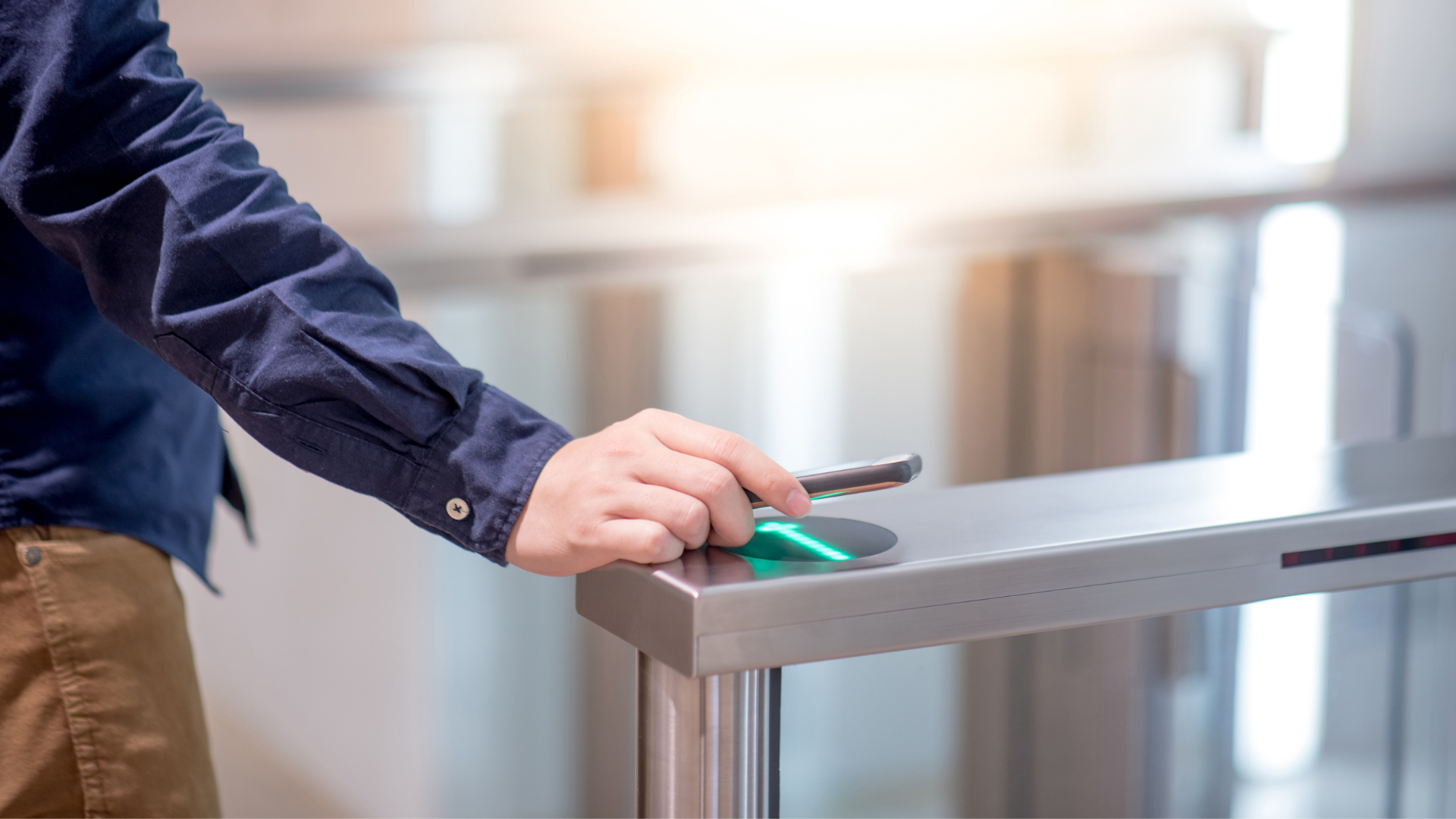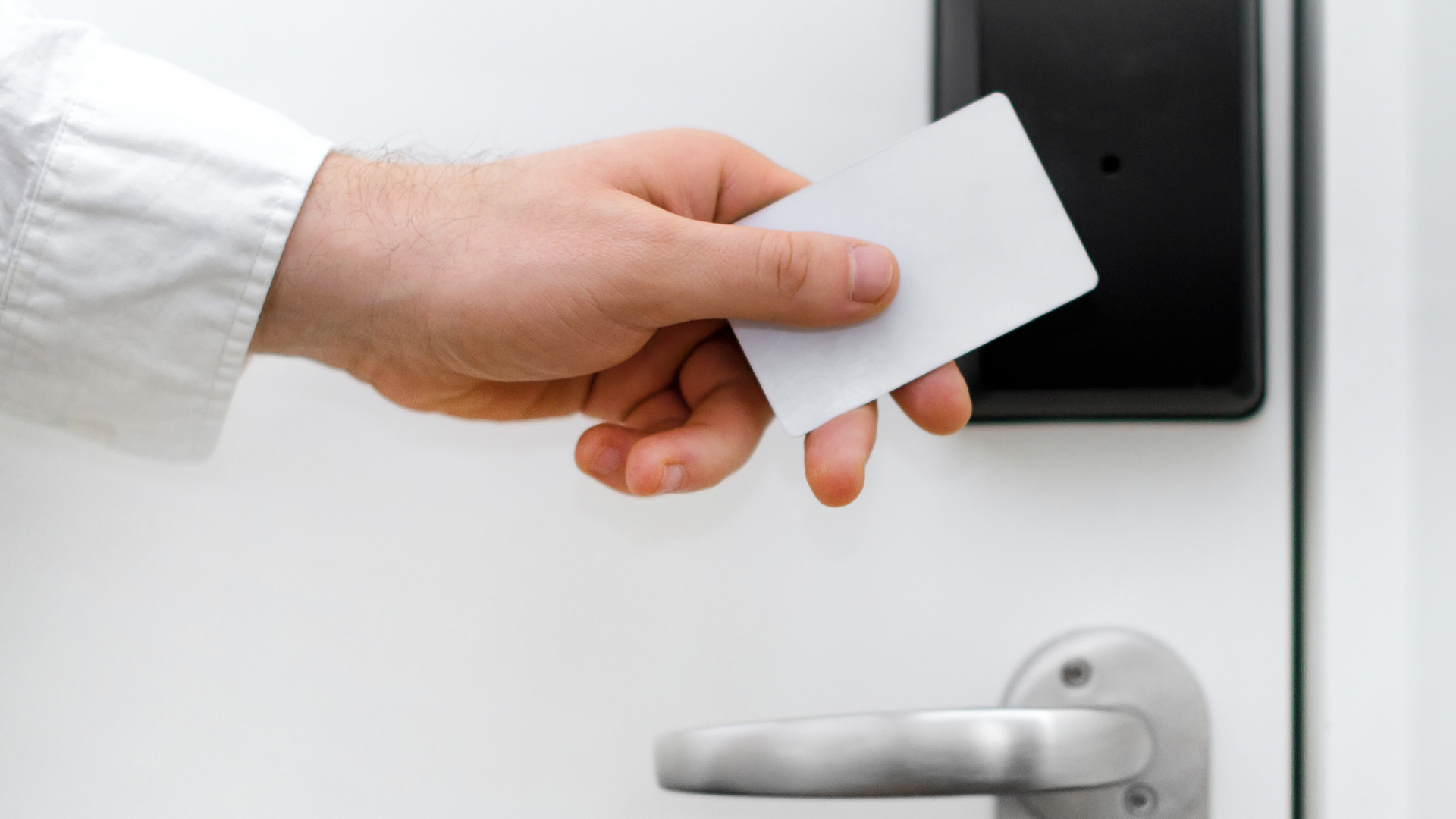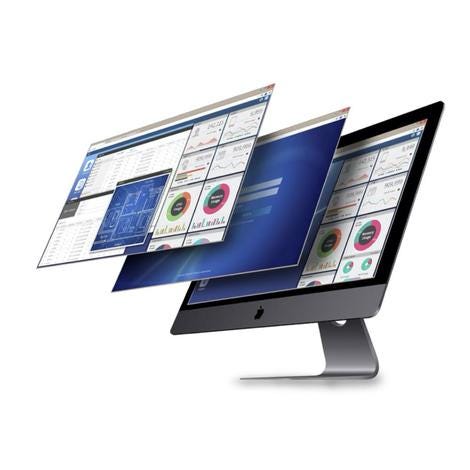
Access control system | What is? | UBio-X | UBio Access
Based on UBio-X Series, see how access control works.
At a fundamental level, access control is a means of controlling who enters a location and when. The person entering may be an employee, a contractor, or a visitor, and they may be on foot, driving a vehicle, etc. The location they’re entering may be, for the case, a site, a construction, a room.
We tend to call it physical access control to contrast it from access control that prevents people from entering virtual spaces — for example, when logging into a computer network, including the improved efficiency of your business processes and the site or building management.
What is an access control system?
When we talk about a physical access control system, we’re usually referring to a physical security system. The procedure typically uses an identifier such as an access card to authorize people to enter certain areas as they’re capable of logging who accessed where and when they can provide valuable data to help you track how your buildings and sites are being used.

Why use an access control system instead of keys?
Mechanical keys are the simplest form of physical access control and the method many smaller organizations use. However, even for a small company, using mechanical keys has several flaws and limitations, especially as it gets bigger. Below are just some of the problems presented by using keys.
People lose keys
If someone loses a key, you need to replace the lock to make sure the lost key can’t be misused. You then need to distribute new keys to everyone who needs access to that door.
Keys don’t leave an audit trail.
You can’t see if and when someone’s used a key, so you don’t know who’s entered or at what time.
Keys are difficult to manage.
If someone needs to enter many different buildings and rooms, they’ll need a large number of keys, which are inconvenient to carry and use. It can be difficult to remember which key is for which door, but it’s too much of a security risk to label them.
Increased control and security
By using an electronic access control system, you can avoid the downsides of using mechanical keys and also gain much more control.
It will manage:
Who has access
You may, for example, only want to allow automatic access to employees. At the same time, you’d like visitors and contractors to report to the reception desk on arrival.
Which doors they have access to
You may want only some people to enter certain areas. For example, you only wish technicians to be allowed in your labs.
What times they can gain access
Contractors and junior staff may only be allowed access during their standard shift pattern, whereas senior staff can enter the building at any time.
Under which conditions they’re allowed access
For example, you may set your system, so contractors can only access it if it shows they’ve presented their certification.
What gives you even more control is that a sound access control system lets you set these parameters for each individual. And you can quickly and easily update them whenever you need to.
A variety of identifiers for access control solutions
Access cards are still the most common identifiers used in access control systems. You present your card to a reader and, if all the conditions stored in the system are met, you’re allowed to enter.
There are other options for cards, however, and some offer higher levels of security.
The essential identification methods are:
Something you have — such as an access card or badge or another type of identification tag.
Something you know — for example, a PIN or password.
Something you are — biometric identifiers such as your fingerprint or iris.
Each identification method has pros and cons, so the approach to choose depends on the situation. You might prefer one method for external doors, for example, and another technique for internal doors.
You can also combine two identification methods to increase your security standards. This is called verification — you use the first method to identify yourself and the second to verify that it’s you. So, for a room that holds valuable goods, you might ask people to use their access card for identification and then ask them to supply a PIN or present their fingerprint for verification.
Improve efficiency with integration
When it comes to deciding who has access to what, various departments are usually involved. This can include HR, facilities management, and IT, as well as security. Often, these departments each have their own system that operates independently. This is inefficient, though it also can lead to mistakes that present significant security risks.
For optimum security and efficiency, all systems should be aligned. An access control system that has the ability to integrate with other systems can have the power to link everything together.

An online access control system
Alpeta, developed by us at UBio-X Virdi, was the world’s first software-based access control system. It’s operated via a web-based dashboard, so you can log-in from anywhere to control and monitor access. To add more functionality to your system, you select extra options from our access control software.
As Alpeta is built on open standards, it integrates with a wide range of technologies, including video monitoring and biometric readers. And it has the flexibility to scale quickly, so you can build and grow your access control system to suit you.
End-to-end security for Alpeta
More recently, we’ve also introduced end-to-end security for Alpeta to protect it from the threat of cyberattacks. It combines the latest IT principles of encryption and strong authentication to secure communication between all system elements. Without this kind of protection, an access control system can become the weakest link in your network, enabling people to access valuable assets such as company data.
Alpeta: https://ubioaccess.com/products/ubio-alpeta
Visit Us: https://ubioaccess.com/ for more information.
